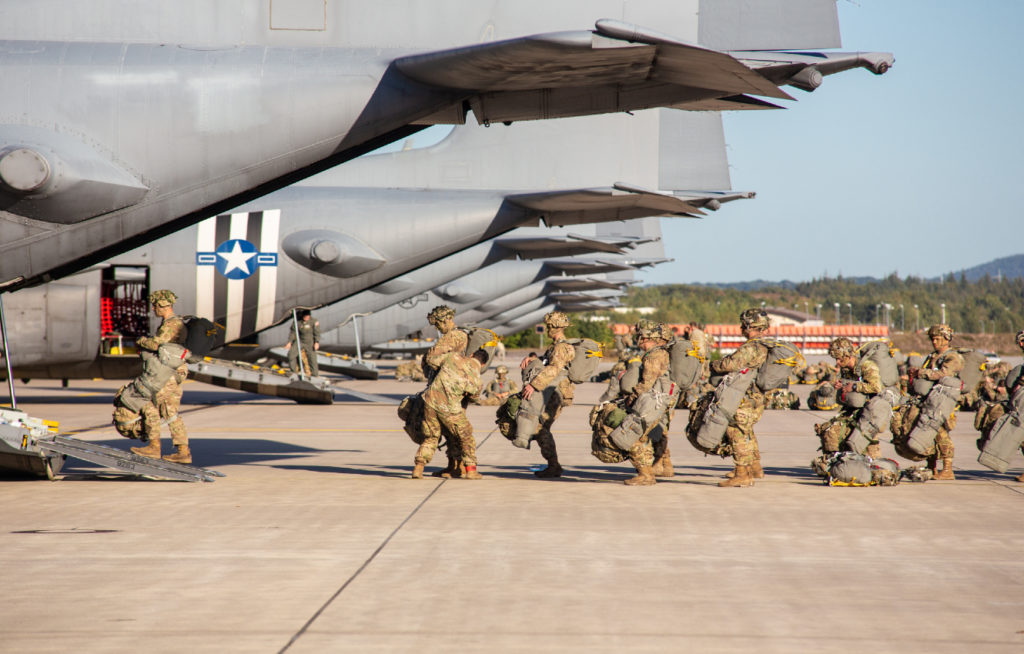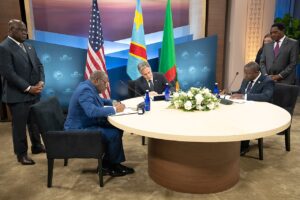Forty years after Stimson co-founder Barry Blechman published a book on the U.S. military’s use of force short of actual war, researchers Melanie Sisson and James Siebens joined him to revive the project with a groundbreaking study that analyzes the post-Cold War period. Their newly published book, Military Coercion and US Foreign Policy: The Use of Force Short of War, examines how the US has used its military as a tool of influence, deterrence, and coercive diplomacy to achieve US policy goals.
Since the end of the Cold War the US military has conducted hundreds of combat operations, exercises, and shows of force short of war to advance American interests and persuade adversaries to meet our demands. The book calls into question many longstanding assumptions about military threats and the use of force short of war.
Using a new dataset and analysis of over 100 coercive incidents since the Cold War, the study gives policymakers and practitioners new insights that may help improve their odds of success in the future and includes detailed case studies by experts such as Kenneth Pollack (AEI), Thomas Wright (Brookings), and Bill Durch (Stimson).
Key findings include:
- Maintaining large standing forward deployments does not affect coercion. Aside from “general deterrence,” when challenges to US interests arise, deploying new forces in a crisis is a more effective coercive approach than relying on large forces already forward deployed to a region.
- Combining economic sanctions with military pressure lowers the chances of policy success. Sanctions may work on their own, but the odds of the US achieving its policy objectives is reduced when military actions are preceded or followed by economic sanctions.
- Elections undermine coercion. The US has a statistically lower chance of success when it attempts military coercion in a US presidential election year.
- Exercises are not convincing. Holding military exercises may be important for readiness and confidence-building, but on average, using exercises as a signal to an adversary does not improve the chances that the US will get what it wants.




